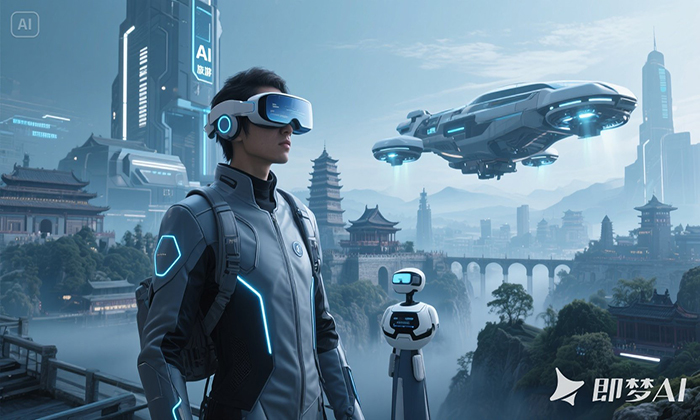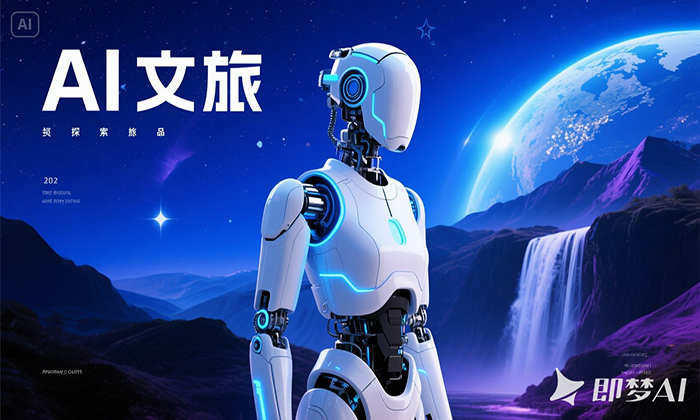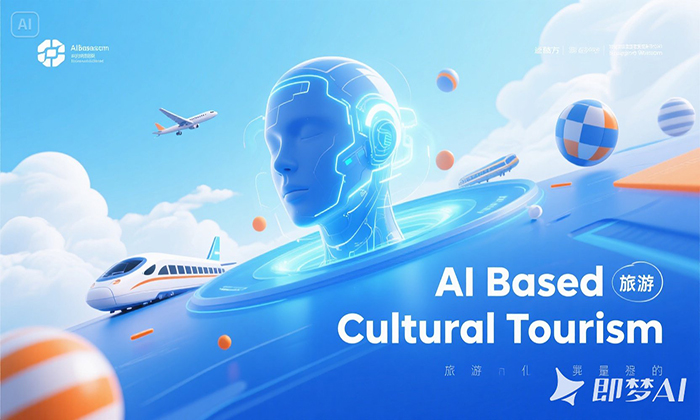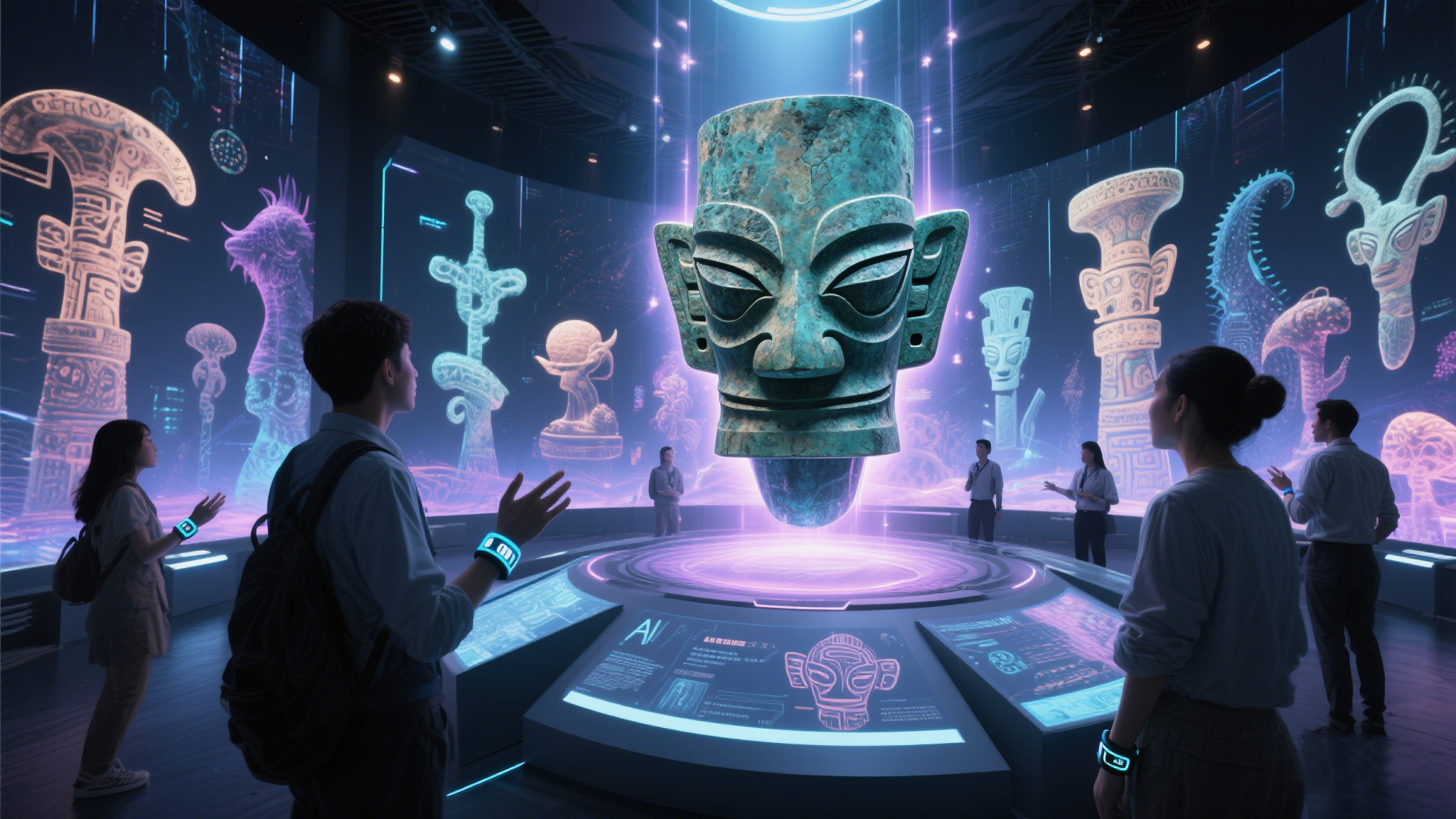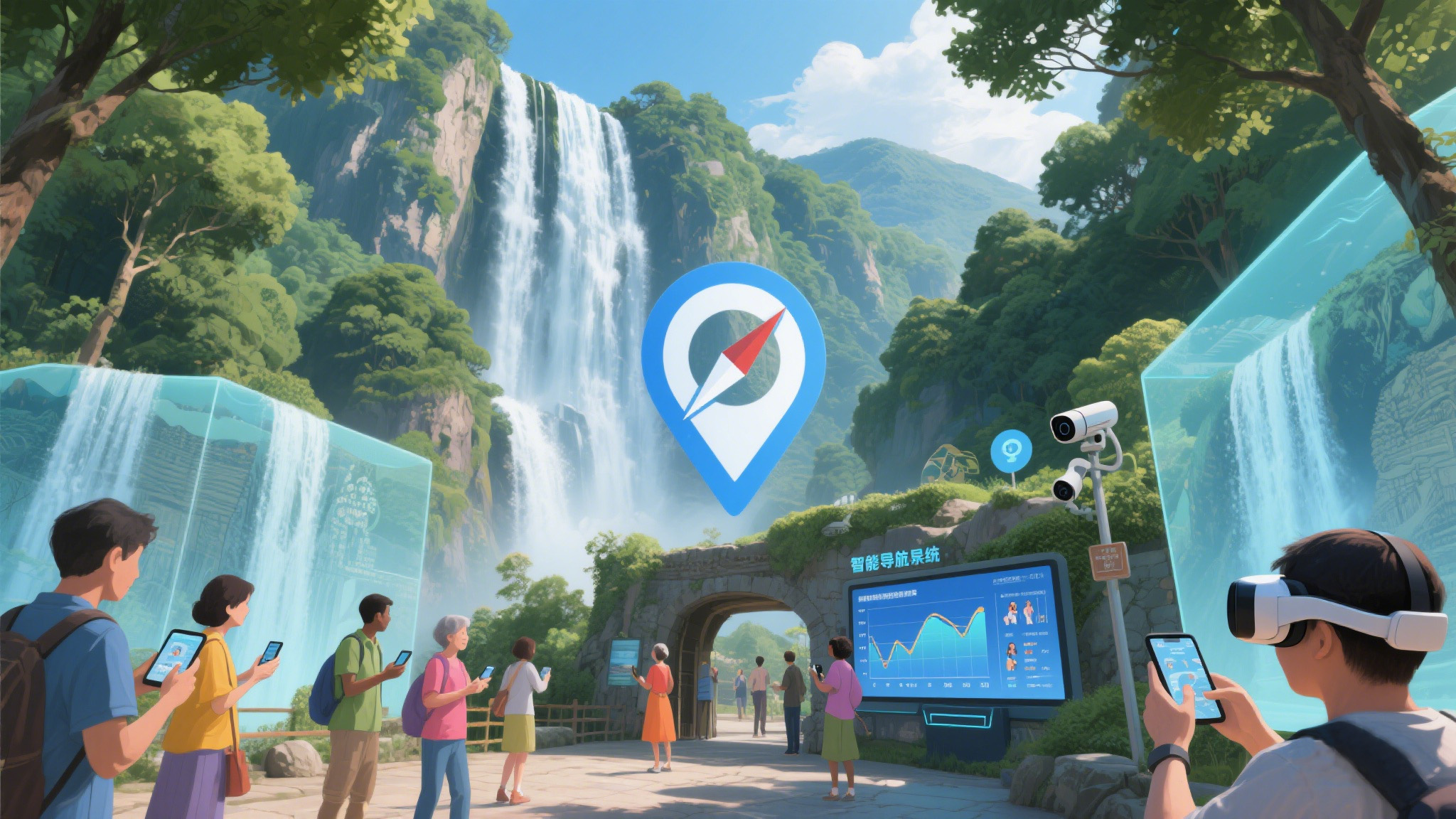The Transformative Role of AI in Tourism
C 2025-06-05
Revolutionizing Travel Experiences Introduction By 2025, AI has reshaped global tourism, blending cutting-edge technology with personalized travel experiences.
Revolutionizing Travel Experiences Introduction By 2025, AI has reshaped global tourism, blending cutting-edge technology with personalized travel experiences. From itinerary planning to immersive cultural exploration, AI-driven tools are redefining how people engage with destinations. This article explores AI's multifaceted impact on the tourism industry, supported by real-world applications and market trends.
From Hassle to Efficiency AI has eliminated the tedious process of manually researching destinations. Platforms like DeepSeek-R1 and enable users to generate tailored travel plans within minutes by inputting preferences such as budget, interests, and timelines. For instance, Ms. Liu from Shanghai used AI apps to plan her Yunnan trip, securing flights, hotels, and activity recommendations seamlessly. Key Innovations: - Multimodal Interaction: Tools like accept text, voice, or even dialects to create itineraries with visual aids, such as AI-generated hand-drawn route maps. - Dynamic Adjustments: Users can modify plans in real time, adjusting budgets or preferences to regenerate optimized itineraries.
Bridging Accessibility and Sustainability AI-powered virtual tours allow travelers to explore cultural heritage sites remotely, reducing overcrowding and environmental impact. For example, integrates AI with live-streaming technology, enabling users to "cloud tour" destinations like historical landmarks before visiting. Studies show that such experiences enhance pro-environmental behavior by fostering deeper connections with cultural sites. Applications: - Mixed Reality Learning: Projects like Carnegie Mellon’s NoRILLA combine AI with tactile feedback for interactive STEM education during tours. - Authenticity Enhancement: AI reconstructs historical scenes in augmented reality (AR), enriching visitors’ understanding of ancient cultures.
Sustainable Tourism and Data-Driven Management AI optimizes resource allocation and mitigates over-tourism. By analyzing big data, tourism boards predict visitor flows and adjust pricing dynamically. China’s 2025 *"AI+" Action Plan* emphasizes AI’s role in balancing economic growth with ecological preservation. For instance, uses AI to recommend off-peak travel periods, reducing strain on popular sites.
From Marketing to Customer Service - Smart Marketing: AI analyzes user behavior to deliver hyper-personalized ads. Expedia’s ChatGPT plugin exemplifies AI’s potential in boosting booking conversions. - Automated Services: AI chatbots handle 80% of routine inquiries for platforms like , cutting operational costs while improving response times.
AI is no longer a futuristic concept but a cornerstone of modern tourism. As Li Yong, a Shanghai traveler, remarked, *"AI turned my dream trip into a stress-free reality."* However, challenges like data privacy and over-reliance on automation require balanced regulatory frameworks. Moving forward, the synergy between AI and human expertise will unlock unprecedented opportunities for sustainable, inclusive, and enriching travel experiences. Explore Further:
Intelligent Travel Planning
From Hassle to Efficiency AI has eliminated the tedious process of manually researching destinations. Platforms like DeepSeek-R1 and enable users to generate tailored travel plans within minutes by inputting preferences such as budget, interests, and timelines. For instance, Ms. Liu from Shanghai used AI apps to plan her Yunnan trip, securing flights, hotels, and activity recommendations seamlessly. Key Innovations: - Multimodal Interaction: Tools like accept text, voice, or even dialects to create itineraries with visual aids, such as AI-generated hand-drawn route maps. - Dynamic Adjustments: Users can modify plans in real time, adjusting budgets or preferences to regenerate optimized itineraries.
Immersive Virtual Tourism
Bridging Accessibility and Sustainability AI-powered virtual tours allow travelers to explore cultural heritage sites remotely, reducing overcrowding and environmental impact. For example, integrates AI with live-streaming technology, enabling users to "cloud tour" destinations like historical landmarks before visiting. Studies show that such experiences enhance pro-environmental behavior by fostering deeper connections with cultural sites. Applications: - Mixed Reality Learning: Projects like Carnegie Mellon’s NoRILLA combine AI with tactile feedback for interactive STEM education during tours. - Authenticity Enhancement: AI reconstructs historical scenes in augmented reality (AR), enriching visitors’ understanding of ancient cultures.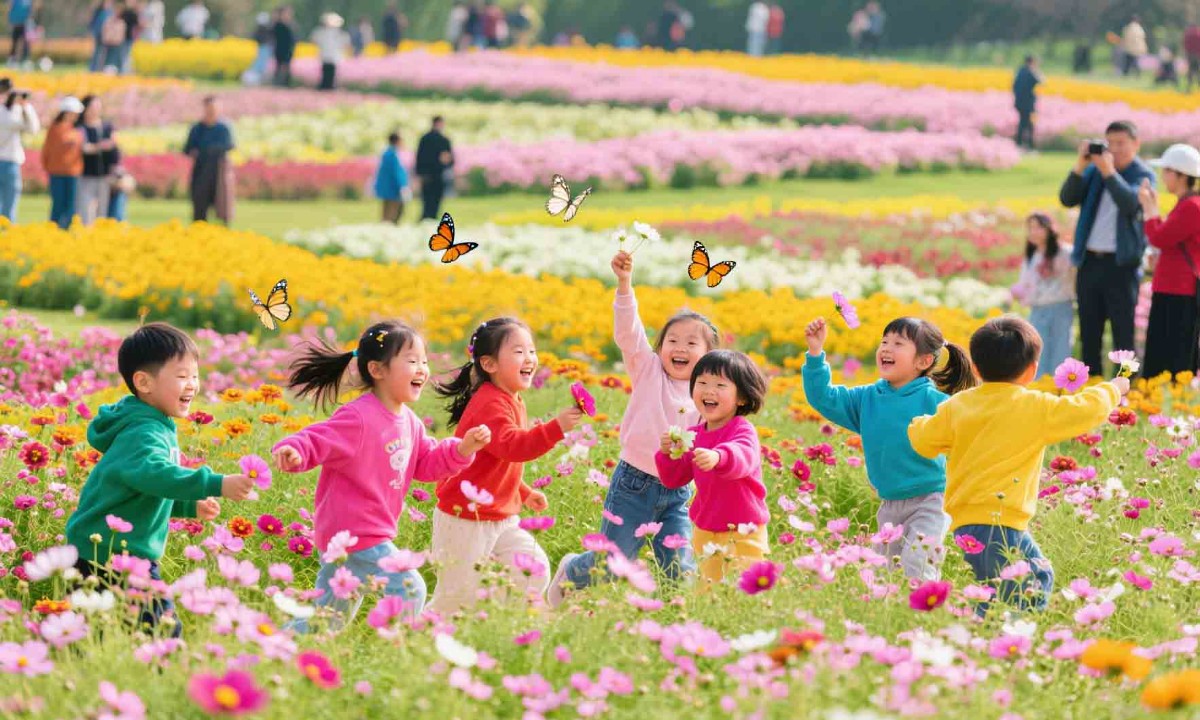
Language and Cultural Interaction
Breaking Barriers AI translation and multilingual chatbots empower travelers to navigate foreign environments confidently. For example, DeepSeek’s language models provide real-time translation and localized recommendations, enabling seamless communication in destinations like Xi’an. Additionally, platforms analyze social media trends (e.g., Rednote posts tagged ) to curate culturally relevant activities.Sustainable Tourism and Data-Driven Management AI optimizes resource allocation and mitigates over-tourism. By analyzing big data, tourism boards predict visitor flows and adjust pricing dynamically. China’s 2025 *"AI+" Action Plan* emphasizes AI’s role in balancing economic growth with ecological preservation. For instance, uses AI to recommend off-peak travel periods, reducing strain on popular sites.








